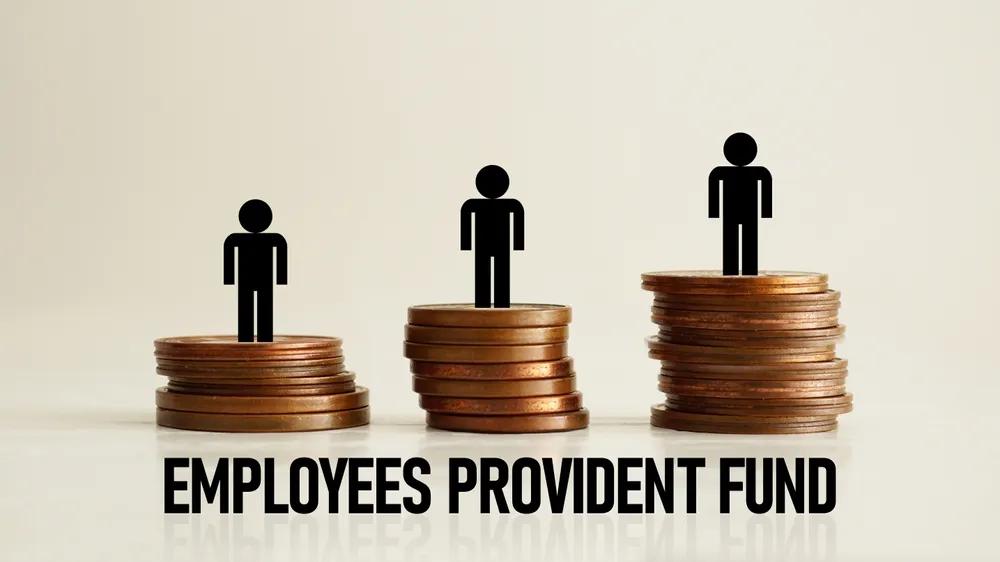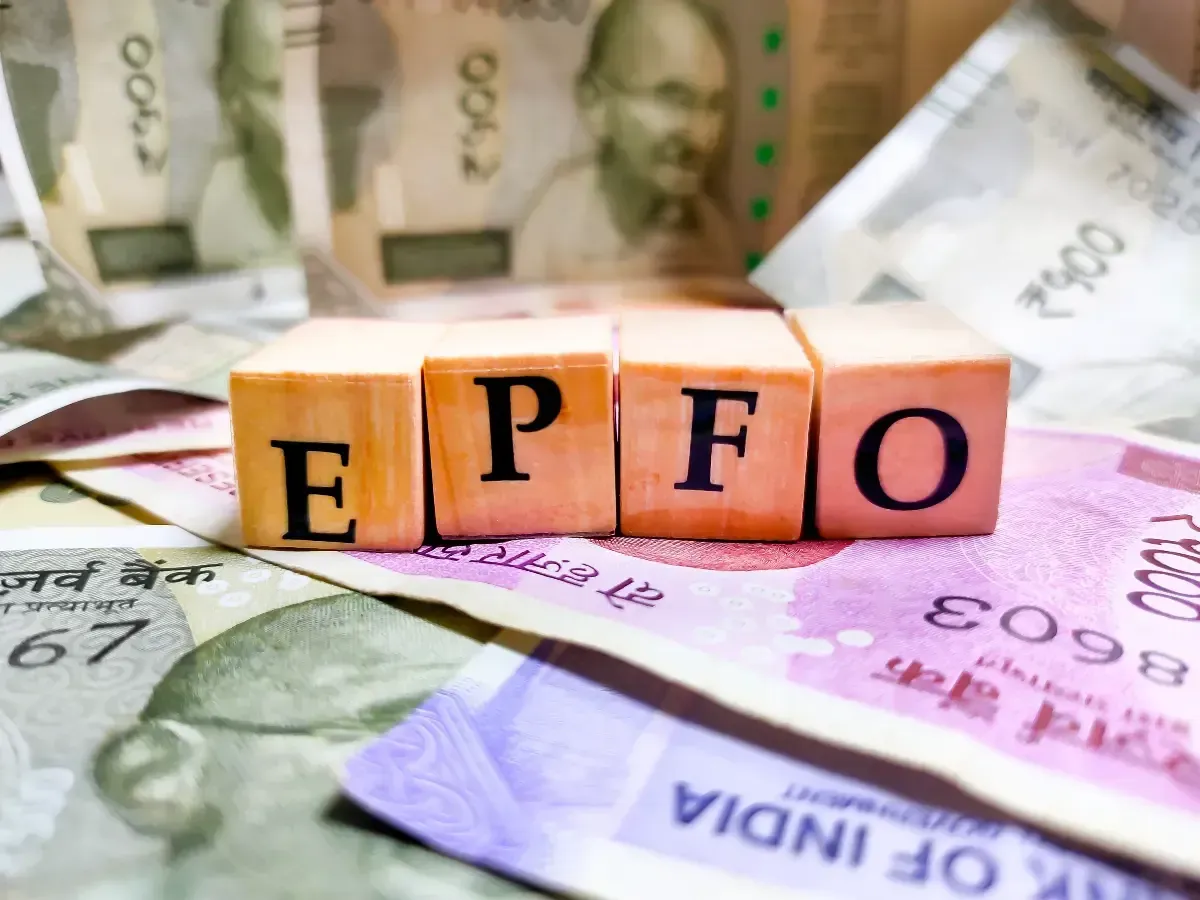Personal Finance News
EPF vs VPF: Should you opt for voluntary higher contribution to boost retirement savings?
.png)
5 min read | Updated on May 20, 2025, 07:57 IST
SUMMARY
Both EPF and VPF are for the long term, ideally suited for retirement. You may increase your contribution through VPF if you are comfortable locking your funds for a long period.

Under EPF, the maximum contribution allowed is 12% of Basic+DA. VPF allows higher contribution. | Image source: Shutterstock
If your basic salary is above ₹15,000, you may opt for higher contributions under the Voluntary Provident Fund (VPF) to boost your retirement savings. The VPF facility under the Employees Provident Fund (EPF) scheme allows employees to voluntarily contribute over 12% of Basic Pay + Dearness Allowance (DA) towards their EPF accounts.
Since the responsibility of this additional contribution is entirely on the employees, it is termed as "Voluntary". But is it better than the standard EPF contribution? Let's find out by comparing the key differences and benefits of both EPF and VPF to decide what might be best for your retirement savings.
Are EPF and VPF different?
They are not different. Rather, VPF is an option under EPF. There is no separate accounting for VPF. There are also no separate withdrawal or interest rules for both. Therefore, whatever extra you contribute voluntarily through VPF gets merged with the EPF.
EPF vs VPF: Maximum contribution
Under EPF, the maximum contribution allowed is 12% of Basic+DA by an employee and a matching contribution by the employer. To avoid confusion, we will focus only on the employee's contribution in this article.
For example: If your Basic+DA is ₹30,000, you can contribute up to 12% of ₹30,000, i.e., ₹3600. Many employers allow their employees to reduce the contribution to ₹1800, which is 12% of ₹15,000 —the minimum statutory basic salary required for EPF contributions.
However, the employee in the above example can contribute more than ₹1800 or even ₹3600 by opting for the VPF.
You are allowed to contribute up to 88% of your Basic+DA in VPF, above the 12% mandatory contribution. In case you do so, 100% of your Basic+DA will go towards EPF. But interest on any contribution above ₹2.5 lakh in EPF+VPF in a year will be taxed.
Whether to opt for VPF or not?
The decision on whether to increase your EPF contribution through VPF should be based on your financial goals and current financial situation.
For example, suppose your monthly cash flow is low and you need more money in hand to meet daily expenses, increasing your EPF contribution through VPF will not help you in any way.
However, if your monthly income is high, you can contribute more. But this decision again should be based on your long-term financial goals and your current asset allocation. For instance, if your portfolio is equity-heavy, you may balance it by increasing the debt portion with higher EPF contribution through VPF. In case your portfolio is already debt-heavy, e.g. full of fixed deposits, PPF, etc, you may need to think twice before increasing the EPF contribution through VPF. In such a situation, it is better to consult a SEBI-approved investment advisor.
Both EPF and VPF are for the long term, ideally suited for retirement. You may increase your contribution through VPF if you are comfortable locking your funds for a long period.
EPF vs VPF: How are they taxed?
In the case of unemployment, however, you can withdraw both EPF and VPF after two months.
Both EPF and VPF contributions are eligible for Section 80C deduction under the old tax regime. This deduction is not available under the new tax regime.
Under VPF, you can invest up to ₹2.5 lakh a year without attracting extra tax. Of this, ₹1.5 lakh will qualify for Section 80C deduction under the old regime.
Interest earned on contributions above ₹2.5 is taxable under the EPF rules.
EPF vs VPF interest rate
EPF + VPF: Are they better than Fixed Deposit, PPF?
However, when it comes to liquidity and ease of withdrawal, EPF and VPF rank lower than fixed deposits and PPF. The EPFO faces scores of withdrawal-related complaints from members, which is rare in the case of fixed deposits and PPF.
Conclusion
EPF offers several benefits like higher interest, tax-free returns, and the government’s backing. However, EPF is well-suited for long-term retirement goals only.
Any decision to make a higher contribution through VPF should be based on the fact that investments will be locked for a longer period. Further, liquidity has been an issue with EPF. You cannot instantly withdraw your funds. However, you may opt for VPF if it suits your financial or retirement plans.
Related News
By signing up you agree to Upstox’s Terms & Conditions
About The Author
Next Story



